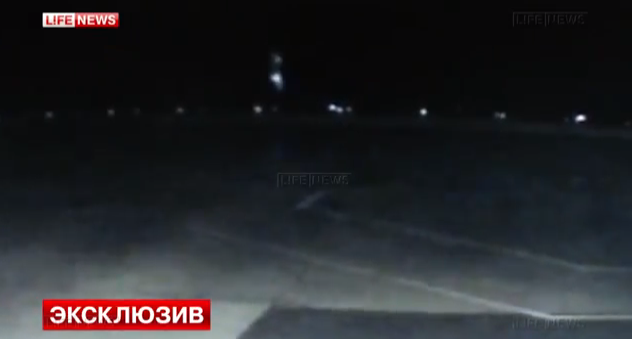Shocking footage showing the Boeing 737 of the Tatarstan Airlines that crashed during its second landing attempt at Kazan airport in Russia on Nov. 18 has emerged.
Although the aircraft is barely visible in the darkness, the footage clearly shows the plane nosediving into the ground before exploding.
What’s really weird is the nearly vertical angle the Boeing, with 50 POB, hits the tarmac. Moreover, the reason of the previous failed attempt to land is unclear, since the weather seems to be quite good in the footage.
A technical failure? A collapsed control surface?
















